Asus Padfone 2 review
The Asus Padfone 2 is the brand's latest phone-tablet hybrid
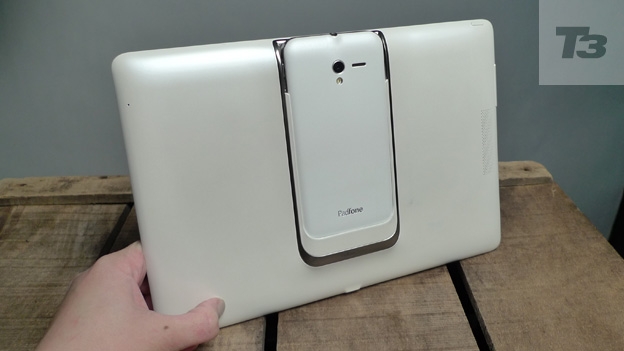
-
+
Slick phone design
-
+
Neat docking mechanism
-
+
Great phone screen
-
-
Tablet audio is average
-
-
Separate use is impossible
-
-
Tablet design underwhelming
Why you can trust T3

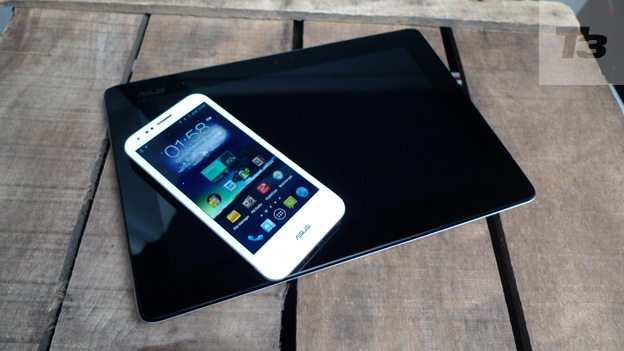

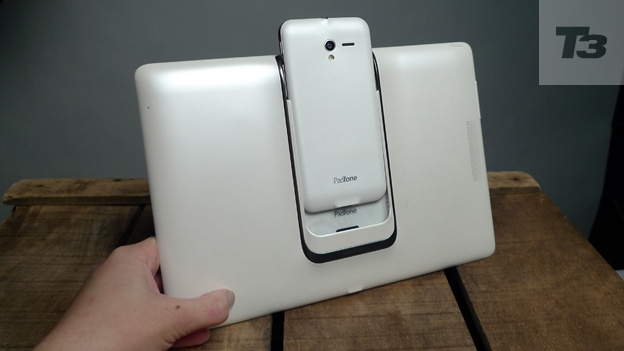

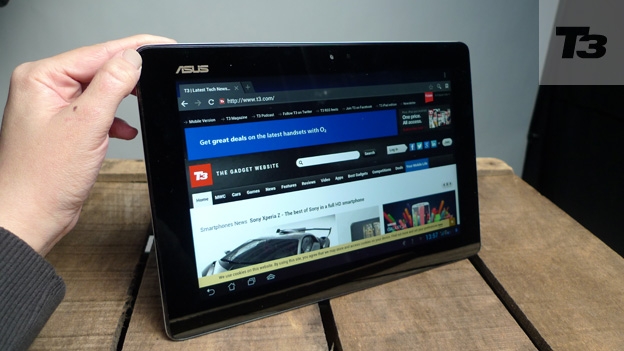
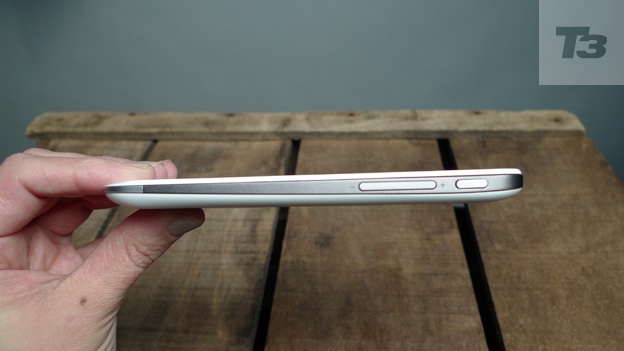
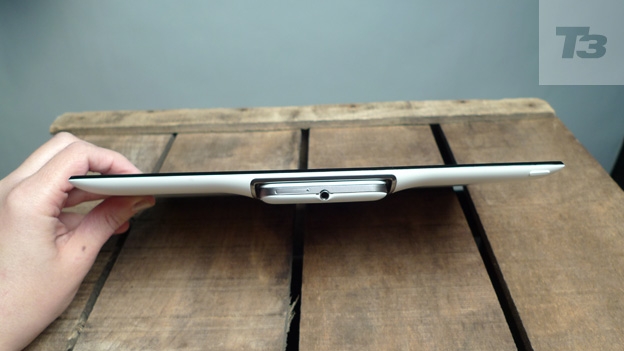
Is it a phone? Is it a tablet? The Asus Padfone 2 is both rolled into one, but is it any good?
Phones have been getting bigger to bridge the gap between mobiles and tablets. Some - like the Samsung Galaxy Note 2 - are big enough that you might manage with just one gadget. But for that extra screen real estate, you can't beat a full-size tablet like the iPad 4, Samsung Galaxy Note 10.1 or the Sony Xperia Tablet Z.
The Asus idea is you can save space, weight and money with a Padfone. The handset slides into the back of a tablet docking add-on, and the phone is the brains for both. The original Asus Padfone never made it to the shops on the UK, but Padfone 2, first announced in 2012, has finally made it.
So before this all becomes too existential (if you take the phone away, is the tablet really a tablet?) let's consider the phone on its own first. After all, it's available without the docking station.
Asus Padfone 2: Size and build
The Padfone 2 is a 4.7-inch Android 4.1.1 Jelly Bean device. It looks great so that aside from a non-standard charger, you wouldn't know it has a secret life as half a tablet. The white glossy front is in contrast to a matte, relief-patterned back that feels secure in the hand. The ridged pattern is the sort that makes a pleasant squeak as you run your fingernail across it.
Though both front and back feel good, they don't fit together well. There's a sim card slot on the top edge of the Padfone, so this seems to be a sealed unit. But it's an easy matter to get a nail under the back shell and pop it off.
It goes back just as easily. But you're not really meant to, and the battery is attached inside, not removable, so there's no benefit to opening the phone up.
The result is that it feels less well made than a unibody phone like the HTC One or iPhone 5, and it feels as though it can creak when you flex it.
Though it's not a thick phone, it's noticeably taller and fatter, though not wider, than the Samsung Galaxy S3 which shoe horns a 4.8-inch display into its svelte shape. So though the Padfone 2 fits the hand comfortably enough, itís not a catwalk-slim model like the iPhone 5.
Asus Padfone 2: Screen
The display here is excellent - even though it lacks the full HD screens of the HTC One and Sony Xperia Z and is a little less than the resolution of the LG Google Nexus 4, this is a rich, detailed and gloriously colourful display. It manages a perfectly decent 312 pixels per inch, so not many fewer than the iPhone 5.
Asus Padfone 2: Camera
The Padfone 2's camera is high on pixels - 13MP, in fact. So it's in line with the latest sensor from Sony, for example, and way ahead of the HTC One with 4MP, though please remember that HTC's sensor boasts bigger pixels to suck up more light than the tinier pixels here can.
Note that if you want the image to completely fill the screen you have drop down to 10MP - the 13MP resolution has 4:3 ratio so has black bars at the ends of the display. This isn't such a bad thing as it means the many menus show up well against those black bars.
Since there are options like Scene settings, HDR and more, it's useful to be able to see these clearly.
Tiny pixels or not, the shots on the phone aren't bad. There's not much shutter lag to keep you waiting and the resultant photos are sharp and crisp.
The flash gives images its usual bluish tinge and is best avoided wherever possible. And low light causes problems as it mostly does on cameraphones (though again, HTC's plan with the One's big pixels is to make this problem vanish). There's no hardware camera button, but the snapper is accessible from the lock screen.
The docking station, which we'll come to shortly, is designed so the rear camera is exposed when the phone is docked. The phone's front-facing camera (1.2MP resolution) is hidden but the docking station has its own 1MP camera on the front. Plug the phone in with the camera active and it stays active when it's attached.
The Padfone 2 shoots video at 60 frames per second at 720p resolution or 1080p if you settle for 30fps. Both look good but the audio can be iffy.
Asus Padfone 2: Performance
The CPU that is the Padfone 2's brain is nippy and effective. Itís a Qualcomm 1.5GHz quad-core chip and is good enough to keep programs running properly, even when there are several open. It feels about as fast as the LG Nexus 4, and is certainly no slouch.
Overall, this is a competent smartphone that lives up to the demands placed on it. But it feels as though it's late to the party, arriving as it did just moments before the next slew of flagships like the HTC One and Samsung Galaxy S4. And since Asus has now announced the Padfone Infinity (and where do you go after that, name-wise?) there must be a worry that people will wait for the next iteration.
And while we're on the subject of names, how confusing that Asus has announced the Asus Fonepad, a 7-inch tablet with full phone functionality, as well?
Asus Padfone 2: Docking Station
Anyway, the Padfone 2 is more than a phone, there's the docking station, too. The dock is the tablet part of the equation. The two pieces fit together well. The phone slides into the slot on the back of the dock with just enough resistance for you to know it's not going to slip out again. And the design is seamless enough for it to look good once it's installed.
But it does bulk up the back of an otherwise slim tablet. If you're holding the docking station in landscape orientation you don't feel the bulge as your fingers don't reach it, but it's unavoidable when you hold it portrait-wise, when playing Temple Run 2, for instance.
And the smooth back to the tablet feels oddly different to the phone - though the delicately marked pattern that mimics the back of the Padfone 2 is nice enough.
Asus Padfone 2: Tablet screen
The tablet display is good but nothing special. At 149ppi it's only barely better than the iPad 2, so way lower than more recent iPads with their Retina displays. Sound, from the single speaker, is also unexceptional.
The processor seems up to the challenge of managing the tablet display without trouble and again multi-tasking seems as smooth as on the phone.
Though note that inserting the phone into the tablet while playing a game kicks you back to the start screen. Power management settings helpfully let you charge a flagging phone from the tablet's much bigger battery.
Asus Padfone 2: Software
Launch the apps tray and you'll find a special extra section called Pad only, though most work on both phone and tablet. Like BuddyBuzz, which aggregates social networking information from Facebook, Twitter and beyond.
You can switch between them quickly, share posts across multiple social networks and easily add photos and locations to posts. Notifications from all your networks are collected together.
Asus Padfone 2: Padfone Station Assistant
You can configure lots of features using the Padfone Station Assistant, most importantly the charging settings so you can decide whether the tablet charges the phone and vice versa. Intelligent mode lets the Padfone decide what's best.
You can also choose whether a call that comes in when the phone is docked can be answered by just removing the phone, pressing a button when you've done so, or leaving it docked and flicking to Bluetooth headset.
Don't like the standard Gallery app for checking out your images? Asus Studio will be familiar to Google Nexus 7 users and it offers extra features such as sorting images by album, time or location of shot and more. There's plenty of customisation such as which pic to have on the cover and some editing tools so you can rotate images as well as change contrast, apply filters and more.
Asus Padfone 2: Verdict
The real question is whether you really want to save space and weight by combining tablet and phone this way. After all, there are better, faster smartphones available for the same money and the same applies to tablets. The combined price isn't necessarily a saving and families may feel the fact that you can't use both items separately is a disadvantage.
Although this is a clever, well-designed combination, overall it also feels like a compromise compared with the strengths of two separate gadgets.
Asus Padfone 2 release date: Out now
Asus Padfone 2 price: £599 (phone and tablet)
Sign up to the T3 newsletter for smarter living straight to your inbox
Get all the latest news, reviews, deals and buying guides on gorgeous tech, home and active products from the T3 experts
-
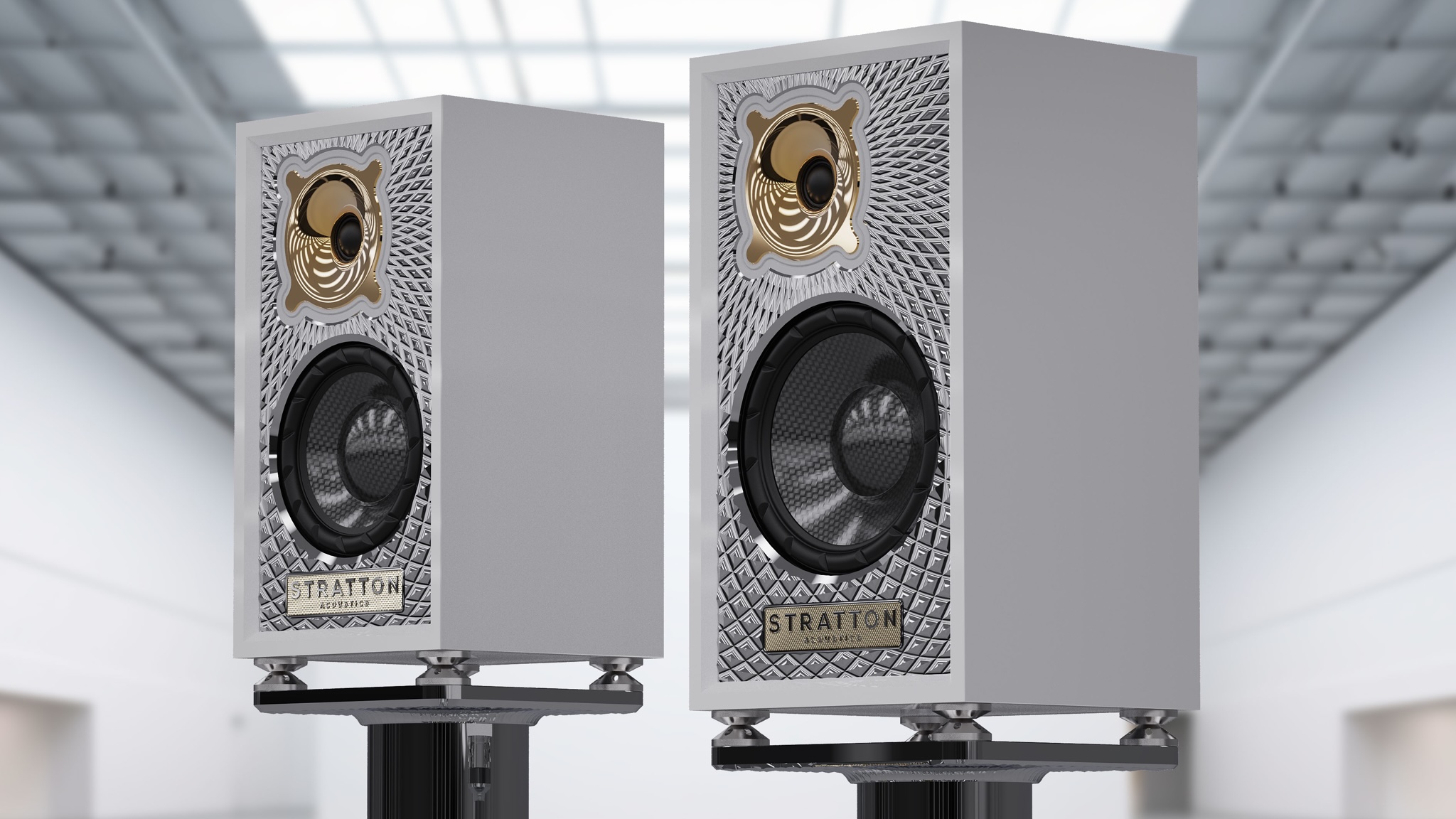 These British-built luxury speakers are so striking they’ll stop you in your tracks
These British-built luxury speakers are so striking they’ll stop you in your tracksStratton Acoustics' luxury speakers look stunning and promise performance to match
By Carrie Marshall Published
-
 Three exercises to 'life-proof' your shoulders, according to a mobility expert
Three exercises to 'life-proof' your shoulders, according to a mobility expertHealthy shoulders mean better movement, more strength and less injury
By Bryony Firth-Bernard Published
-
 Coleman takes on YETI with lighter, tougher and cheaper Pro Cooler range
Coleman takes on YETI with lighter, tougher and cheaper Pro Cooler rangeMove over, YETI – there’s a new cooler in town, and it's not here to play nice
By Matt Kollat Published